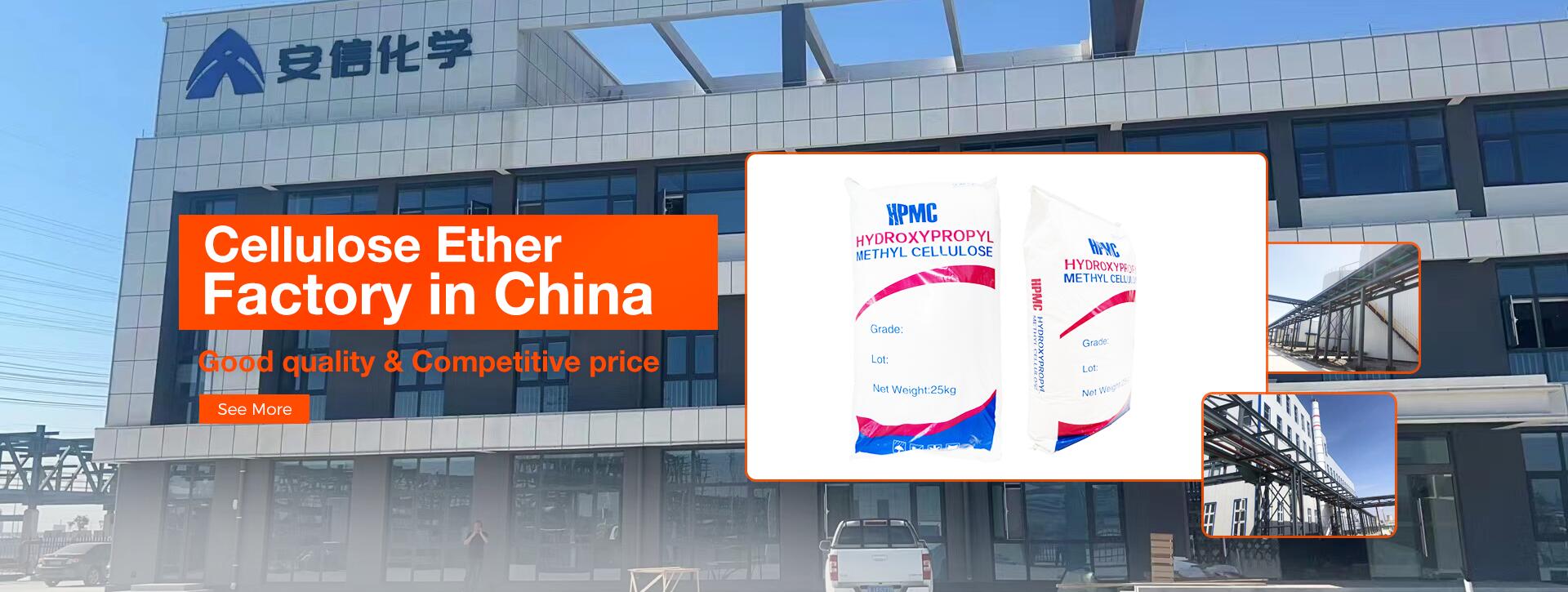Hydroxypropyl methylcellulose-HPMC
Hydroxypropyl methylcellulose (HPMC) is a versatile compound with a wide range of applications across various industries, including pharmaceuticals, food, cosmetics, construction, and more.
Chemical Composition and Structure:
HPMC is a semi-synthetic, inert, viscoelastic polymer derived from cellulose through chemical modification. It is composed of repeating units of glucose molecules, similar to cellulose, with additional hydroxypropyl and methyl groups attached to the cellulose backbone. The degree of substitution (DS) of these groups determines the properties of HPMC, including solubility, viscosity, and gelation behavior.
Manufacturing Process:
The synthesis of HPMC involves several steps. Initially, cellulose is treated with alkali to activate the hydroxyl groups. Subsequently, propylene oxide is reacted with the activated cellulose to introduce hydroxypropyl groups. Lastly, methyl chloride is used to attach methyl groups to the hydroxypropylated cellulose, resulting in the formation of HPMC. The DS of hydroxypropyl and methyl groups can be controlled during the manufacturing process to tailor the properties of HPMC for specific applications.
Physical Properties:
HPMC is a white to off-white powder with excellent water solubility. It is soluble in both cold and hot water, forming clear, viscous solutions. The viscosity of HPMC solutions depends on factors such as molecular weight, degree of substitution, and concentration. Additionally, HPMC exhibits pseudoplastic behavior, meaning its viscosity decreases under shear stress, making it suitable for applications such as thickening agents, stabilizers, and film formers.
Applications:
Pharmaceuticals: HPMC is widely used in pharmaceutical formulations as a binder, film former, disintegrant, and controlled-release agent in tablets, capsules, and topical formulations. Its inert nature, compatibility with active pharmaceutical ingredients (APIs), and ability to modify drug release kinetics make it an essential excipient in drug delivery systems.
Food Industry: In the food industry, HPMC is utilized as a thickener, emulsifier, stabilizer, and gelling agent in various products such as sauces, dressings, desserts, and bakery items. It improves texture, enhances mouthfeel, and provides stability to food formulations without altering taste or odor.
Cosmetics: HPMC is incorporated into cosmetic formulations as a film former, thickener, and suspending agent in creams, lotions, shampoos, and other personal care products. It imparts viscosity, enhances spreadability, and improves product stability while delivering moisturizing and conditioning benefits to the skin and hair.
Construction Industry: In the construction industry, HPMC is used as a thickener, water retention agent, and workability enhancer in cement-based mortars, tile adhesives, plaster, and grouts. It improves workability, reduces water segregation, and enhances adhesion, resulting in durable and high-performance building materials.
Other Applications: HPMC finds applications in diverse fields such as textile printing, ceramics, paint formulations, and agricultural products. It serves as a thickening agent, rheology modifier, and binder in these applications, contributing to product performance and quality.
Hydroxypropyl methylcellulose (HPMC) is a multifunctional polymer with widespread applications in various industries due to its unique combination of properties, including water solubility, viscosity control, film-forming ability, and biocompatibility. Its versatility and compatibility with different substances make it an indispensable ingredient in pharmaceuticals, food products, cosmetics, and construction materials, among others. As research and technological advancements continue, the utility of HPMC is expected to expand further, driving innovation and enhancing product performance across diverse sectors.
Post time: Apr-11-2024
